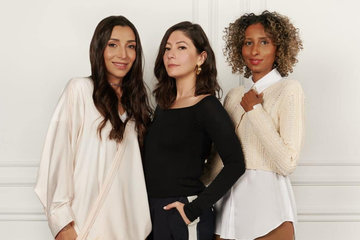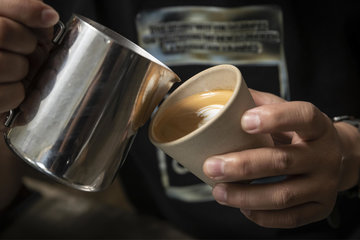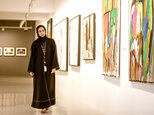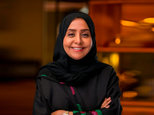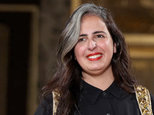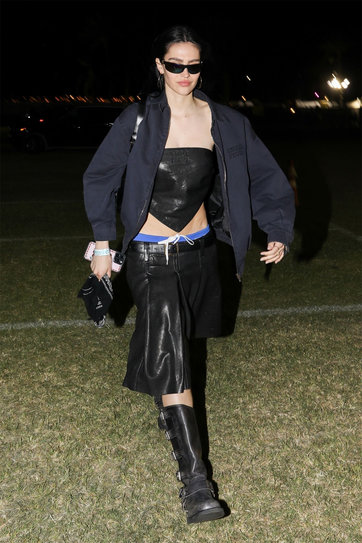
As part of its Vision 2030 objectives, Saudi Arabia has been developing a more inclusive sports environment for women over the last two years, a phenomenon that has built momentum following the ascension of Crown Prince Mohammed Bin Salman in 2017. From the appointment of Princess Reema Bint Bandar as the first woman to head the Saudi Federation for Community Sports (SFCS), to the support being provided to female athletes in all fields, there has been a clear shift in Saudi Arabia, from government bodies to private organizations strongly advocating for female participation in sports.
This week, Saudi Arabia has once again shown that its support for women in sports is unfaltering, as the country’s Ministry of Education announced the approval of six sports halls for female students. According to Arab News, the Ministry has already floated 250 bids for schools to promote student’s participation in sports. The Ministry’s under-secretary of education for projects and maintenance, Engineer Abdulrahman Alshayea, also explained that there are plans to build 53 educational buildings as the first phase of the Ministry’s efforts to improve the overall standards and conditions of certain schools.
Educational institutions have been key in increasing female participation across Saudi Arabia over the last few years. For instance, earlier this year,
Taif University announced that it would begin offering courses in football, basketball, and karate for its female students. A week after this announcement was made, hundreds of the university’s female students signed up for a wide range of sports courses. On a nationwide scale, the country’s population has been also steering their lifestyles towards a more active way of living. Indeed, the results of the GSA’s second survey in 2018 showed that 23 percent of Saudi citizens over the age of 15 exercise once a week, a significant jump from 13 percent three years prior.


